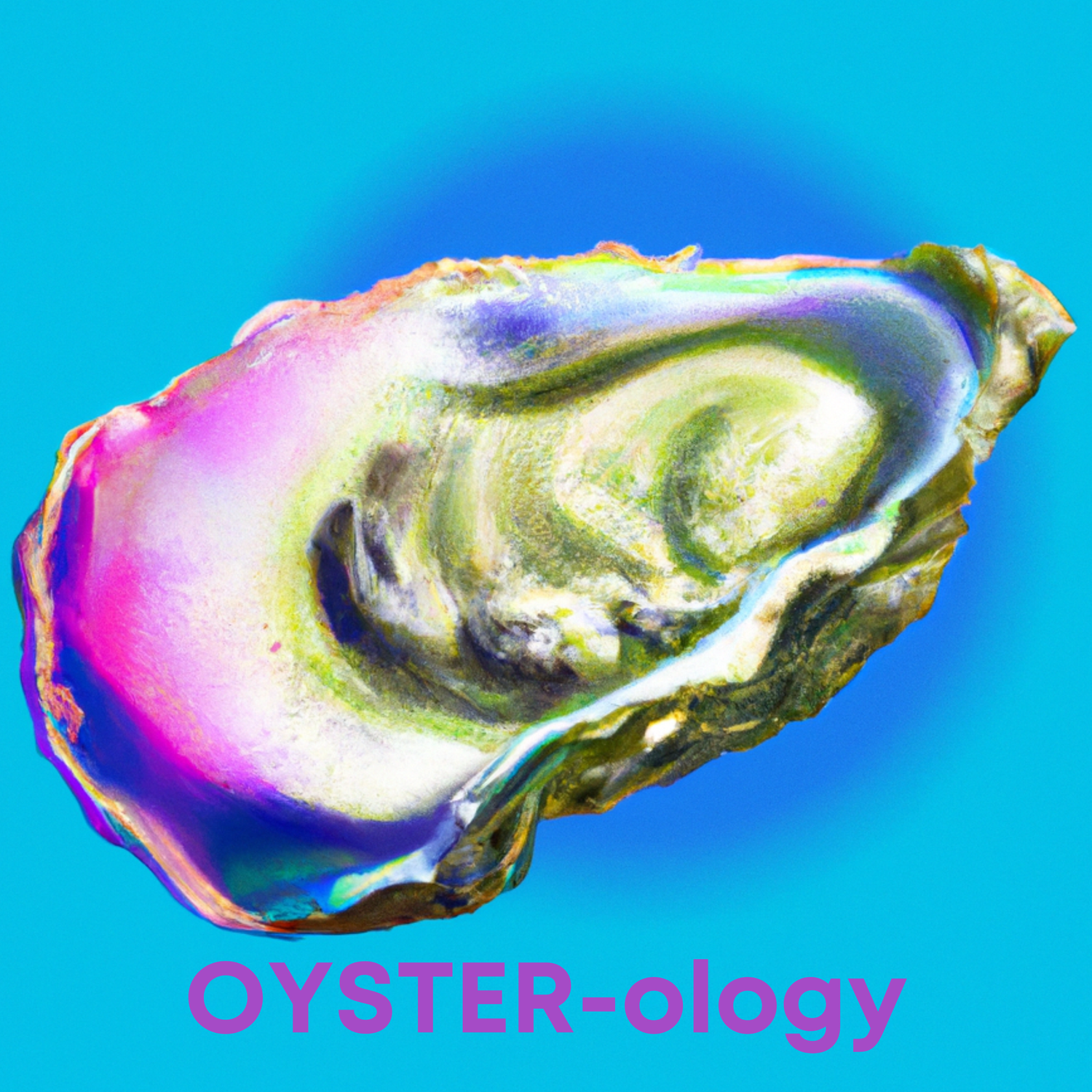Project Sichuan #8 - Gong Bao Chicken by any other name…
/Universally regarded as one of China’s great dishes, Gong Bao Chicken (Gong Bao Jiding) is perhaps the most popular Sichuan dish in all of the Western world. Many Americans have undoubtedly seen this on neighborhood Chinese takeout menus misnamed as kung pao, kung po, or even kong pow, but the proper name is Gong Bao. And as much as we think we know gong bao chicken, there have evolved so many variations of the dish that sometimes it’s hard to understand what traditional gong bao is — or isn’t.
Picture an almost austere plate of small, square chicken chunks stir fried with scallions, blazing red chilies and crispy peanuts. The flavor profile of this dish is a two-punch combination of spicy “scorched chili” heat with numbing sichuan peppercorn on the one hand, and savory-sweet “lychee-flavored” sauce on the other. Despite the name, there are no lychees in the sauce, which is more delicate than what one typically thinks of as “sweet & sour sauce.” It’s the Chinkiang vinegar sourness that tempers the sweetness of dark soy and sugar and elevates the collective of seemingly simple ingredients into a true taste sensation. Mix in crunchy peanuts and fresh scallions and you have a dish that is world famous and globally loved.
Ding Baozhen, courtesy of Wikimedia
Like so many of Sichuan’s great recipes, the history of this dish has a story. This one dates back to the 1870’s Qing Dynasty when Sichuan Province’s Governor-General, Ding Baozhen, had the honor to serve as tutor to the imperial princess in Shandong, and was bestowed the title of “Palace Guardian” (Gongbao). Legend says that his favorite thing to eat was a stirfry of marinated chicken with spicy chilies, Sichuan peppercorns and peanuts. While details of the actual recipe’s evolution remain a little hazy, it is largely agreed that the dish took on Ding’s honorary persona and title. Decades later during the Cultural Revolution, due to the Palace Guardian's connection to the imperial system in China, the name of the dish was banned and renamed to “fast-fried chicken cubes” (hongbao jiding) or alternatively to “chicken cubes with seared chilis” (hula jiding). Seems this popular dish has a history of misnomers, going back well before that westernized HappyFamilyGreatWall take-out joint moved into your neighborhood. Indeed, it wasn’t until the 1980’s that original nomenclature was restored and it was once again called Gong Bao Chicken.**
Whatever one may call it, I have always regarded this ubiquitous menu item as one of those “litmus test” recipes that reveal how closely a Chinese restaurant sticks to the traditional style versus some other, ethnicized version. Don’t get me wrong – those colorful, multi-ingredient servings of saucy chicken posing as kung pao can be quite delicious. But we’re talking about authentic Sichuanese cuisine here and they simply are not.
A proper gong bao chicken starts with the main ingredient itself: chicken marinated in soy sauce and Shaoxing wine. It should be more-or-less cubed to a medium dice of either breast or more flavorful thigh meat. It should not be sliced into thin, flat strips, as texture is an important component of the dish to establish the right surface area to which the sauce clings. The chilis should be cut to about the same length as the chicken for harmonious symmetry and, while perhaps looking menacing, should not be excessively spicy. They should deliver heat, but not so much as to mask the chicken, and are tickled only sparingly by Sichuan peppercorns. Lastly, scallions and peanuts should be the sole additions to grace the lightly sauced serving – there should not be a melange of red or green peppers, sliced yellow onions or cabbage mixed in, lest the Palace Guardian himself be rolling in his grave.
Simple, Real Deal Gong Bao
Despite the many additions and cooking variations to the gong bao theme found outside of China today, the original recipe that made all of the others famous is quite straightforward and uncomplicated. Properly prepared, it showcases the simple beauty of Sichuan cuisine, delivering a piquant enhancement to flavorful chicken Although the ingredients are simple and few, the manner in which it is cooked gives it a complex taste and texture that is immediately addictive to so many who eat it – including me and probably you.
** To geek out on a detailed history of gong bao chicken there is no better place to look than to Fuchsia Dunlop’s outstanding LA Times article “Kung pao chicken’s legacy, from the Qing Dynasty to Panda Express,” available at this link: https://www.latimes.com/food/story/2019-11-07/kung-pao-chicken-history-recipe-gong-bao










